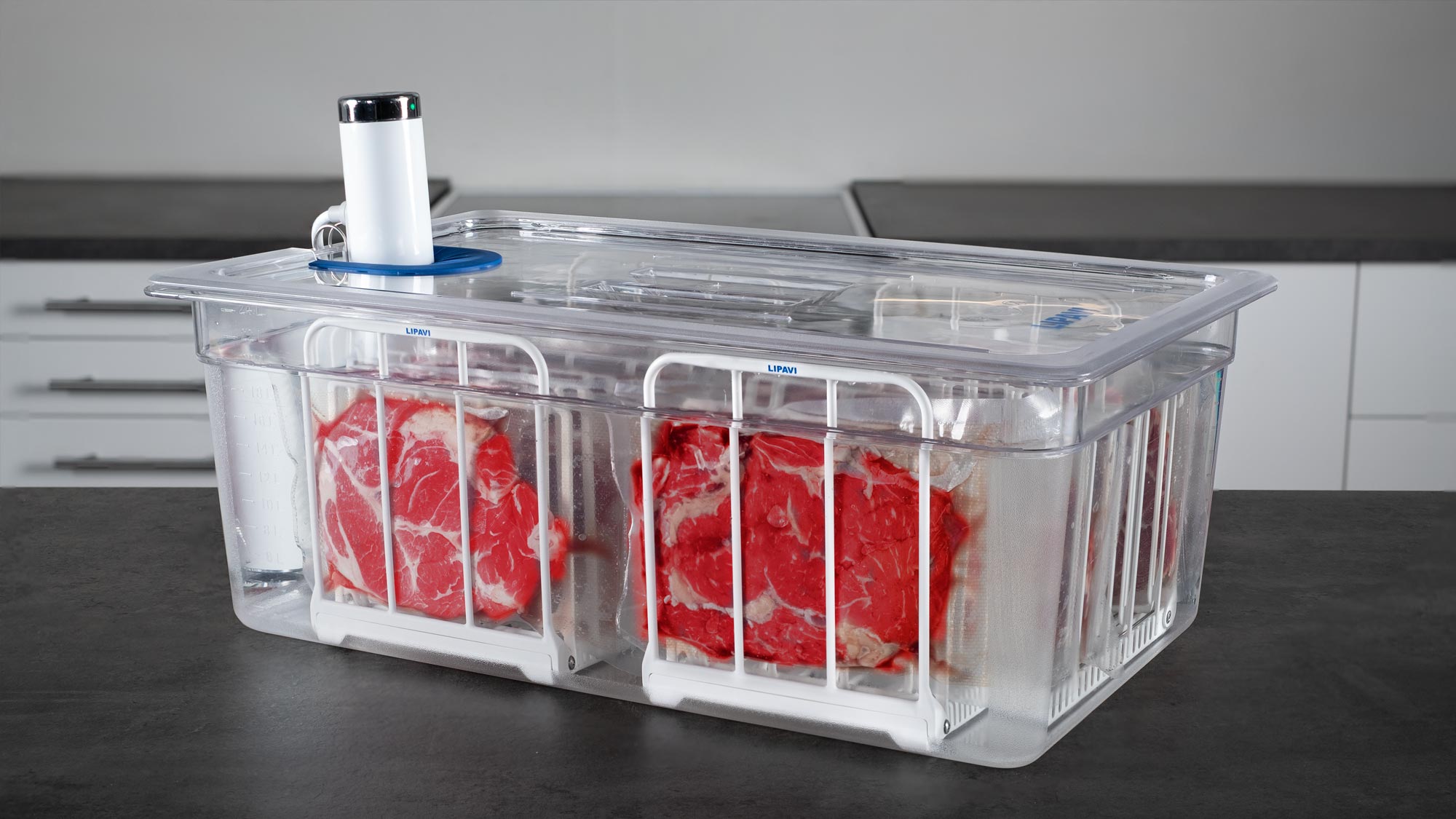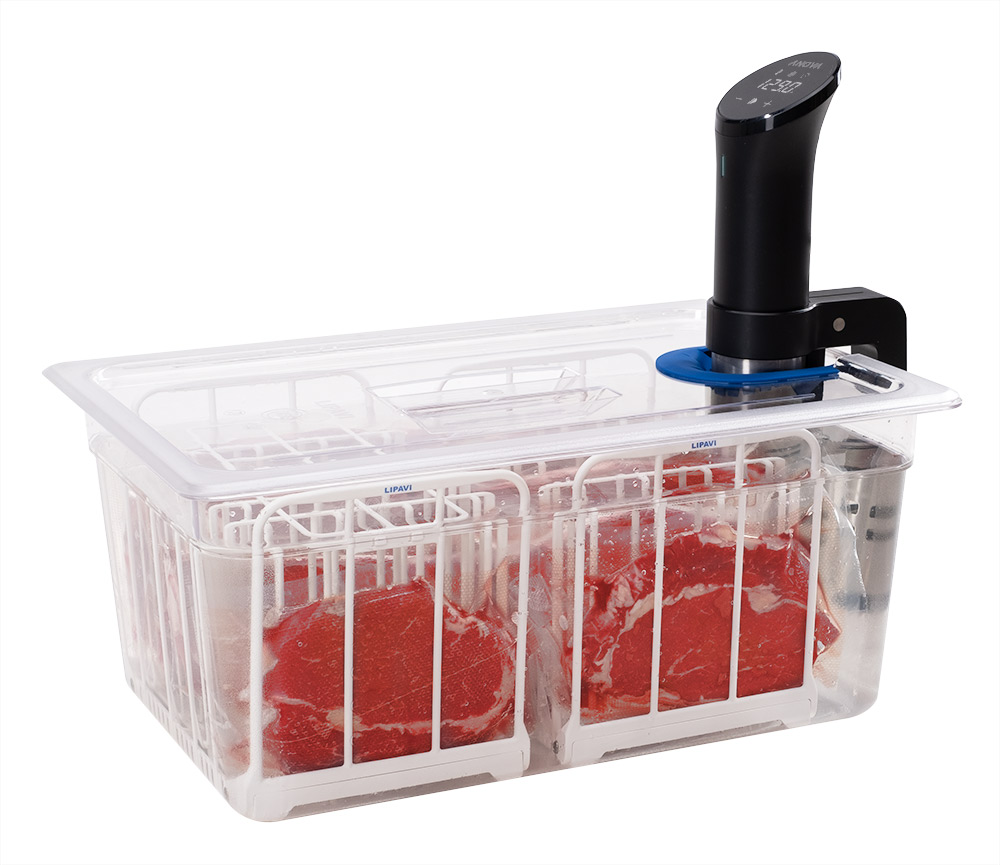
Effortlessly organized sous vide
Transform your cooking experience with professional-grade equipment
Explore Our SystemsExperience the Perfect Sous Vide System
Complete your sous vide setup with a professional-grade LIPAVI system and unlock:
- Streamlined cooking process
- Enhanced cooking capacity
- Optimal heat distribution
- Significant energy savings

Master the Art of Sous Vide
Discover our curated collection of sous vide recipes, crafted to help you achieve restaurant-quality results at home.
Detailed Instructions
Step-by-step guidance for perfect results
Precise Timing
Exact temperatures and cooking times
Growing Recipe Collection
Our expert chefs are continuously adding new recipes to help you make the most of your sous vide equipment.
Check back regularly for new additions!